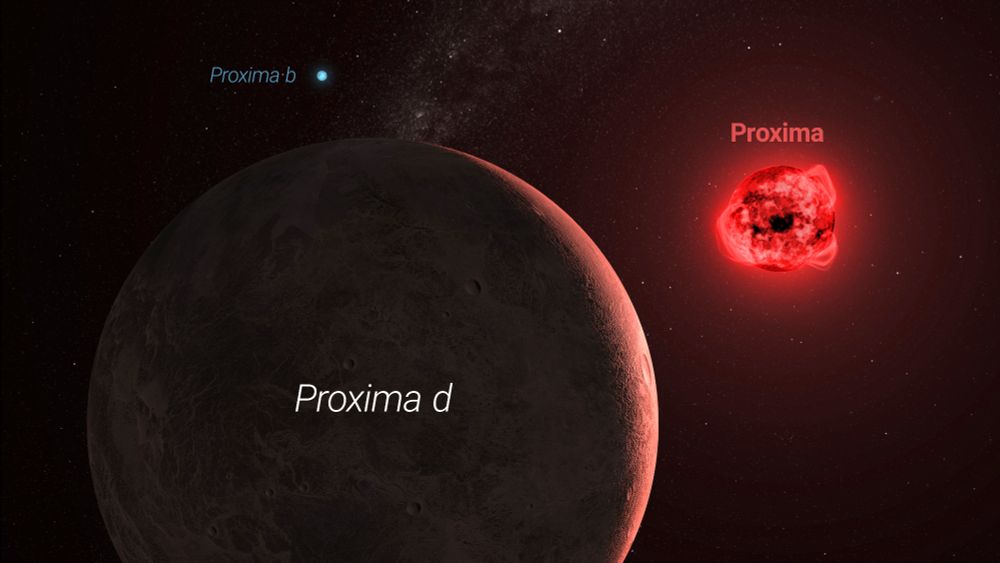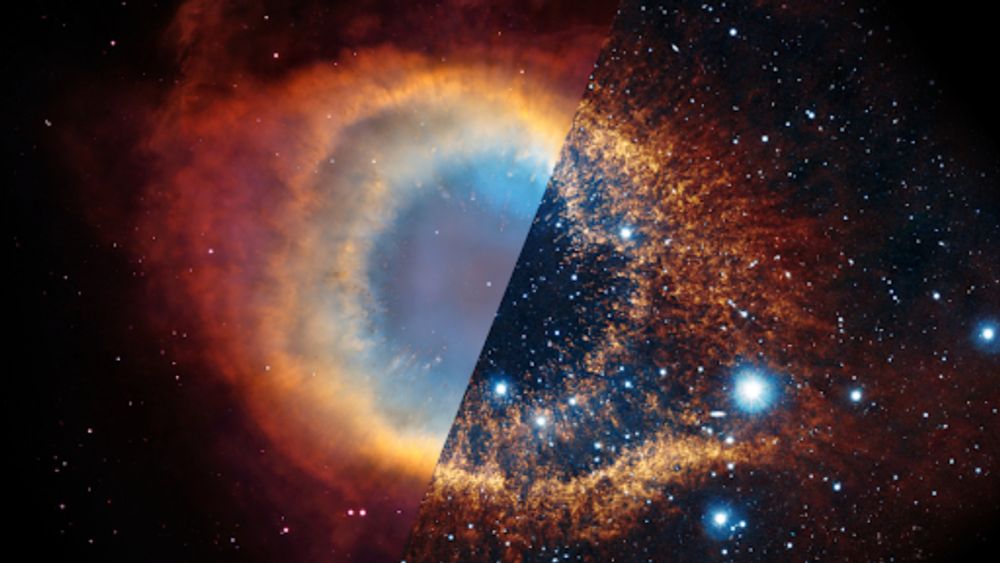
michaelplummer.dev
arxiv.org/abs/2510.00111

arxiv.org/abs/2510.00111

🧵 to follow...
We debut it with the detection (in the NIR) of Proxima b. #exoplanets 🔭

We debut it with the detection (in the NIR) of Proxima b. #exoplanets 🔭
astrobites.org/2025/07/25/i...

astrobites.org/2025/07/25/i...
Results were generated by mapping IR frequency in inverse cm to sound frequency in Hz.
Results were generated by mapping IR frequency in inverse cm to sound frequency in Hz.

